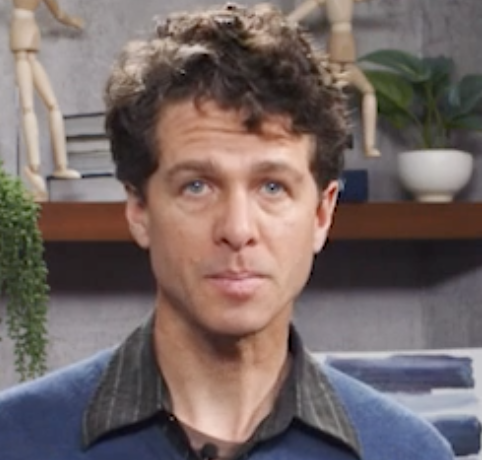
How to Paint a Floral Still Life in Watercolor
Stuart Loughridge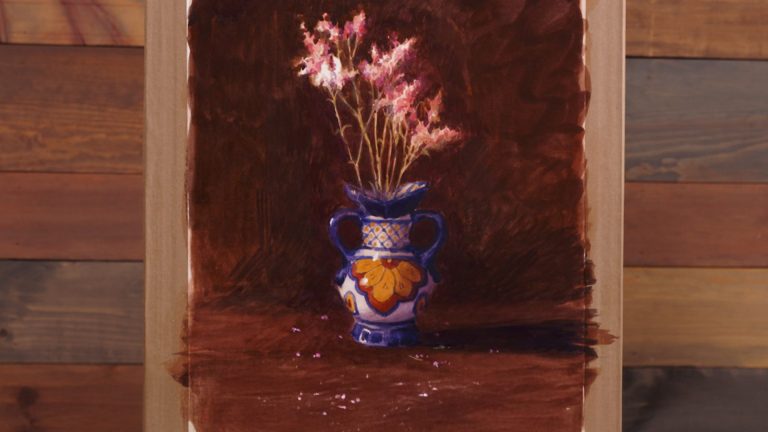
- In-depth Instruction; over 254 mins
- On-demand video access anytime
- Bonus downloadable PDF resources
- Access to class Q&A
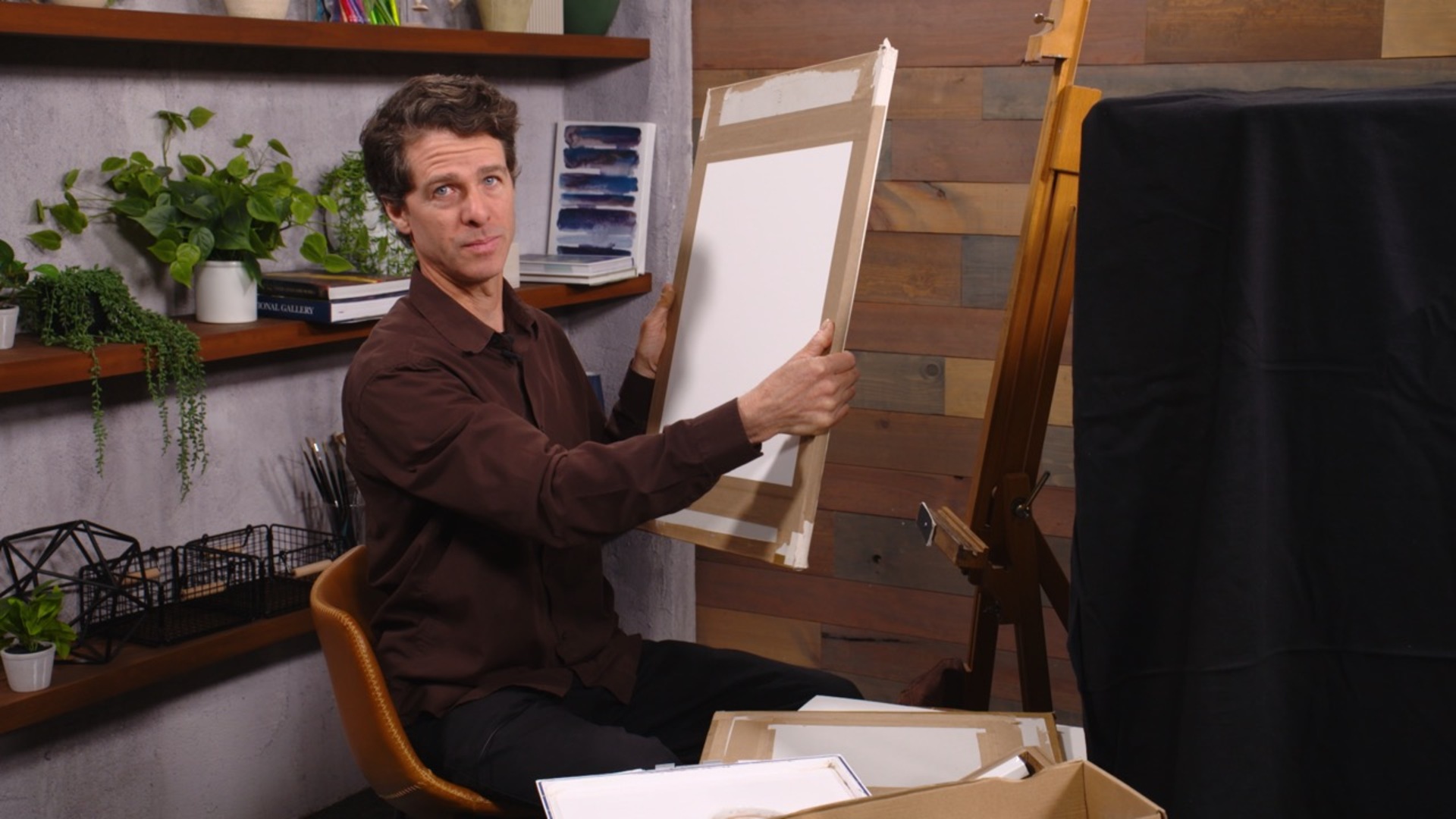
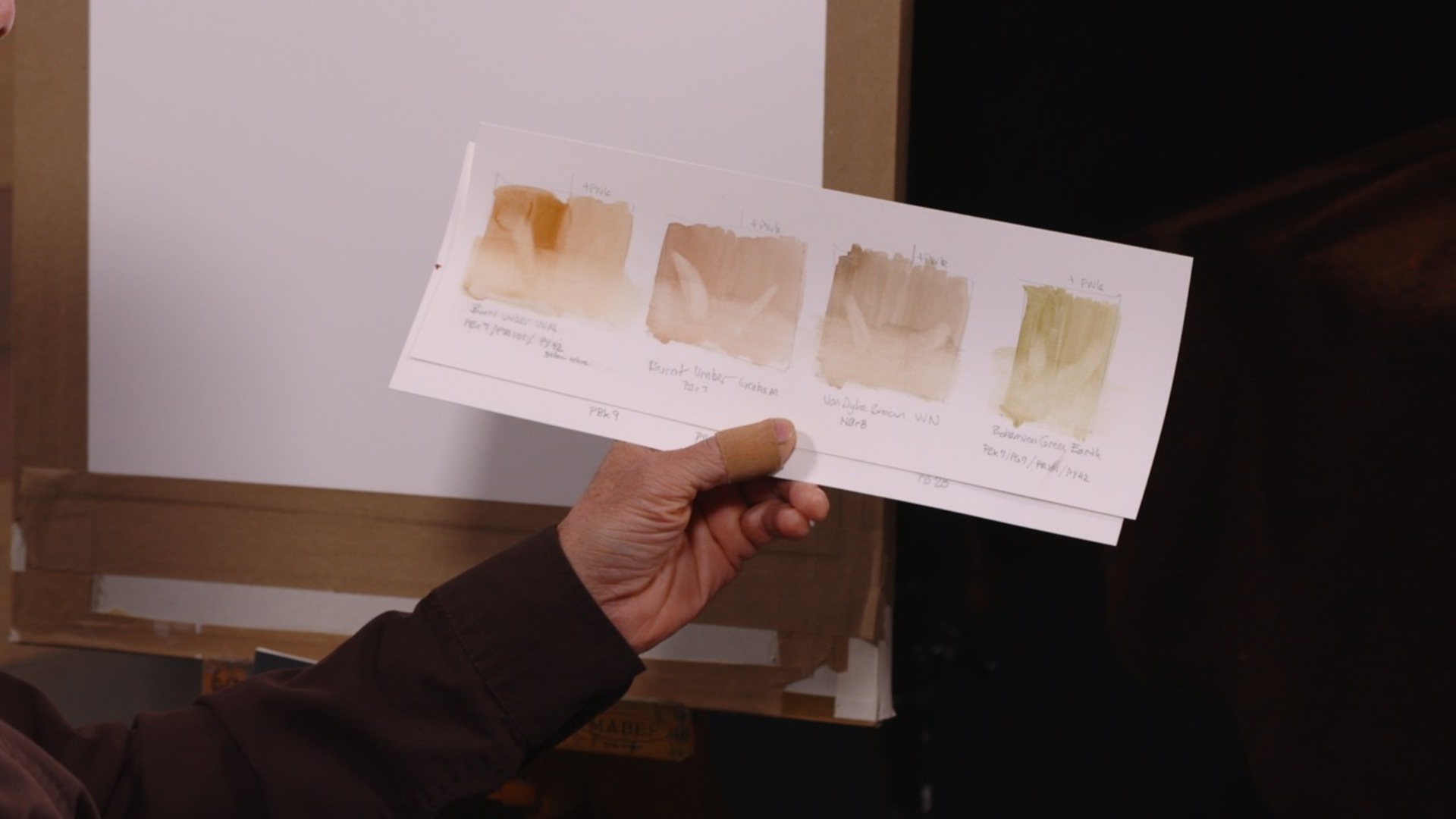
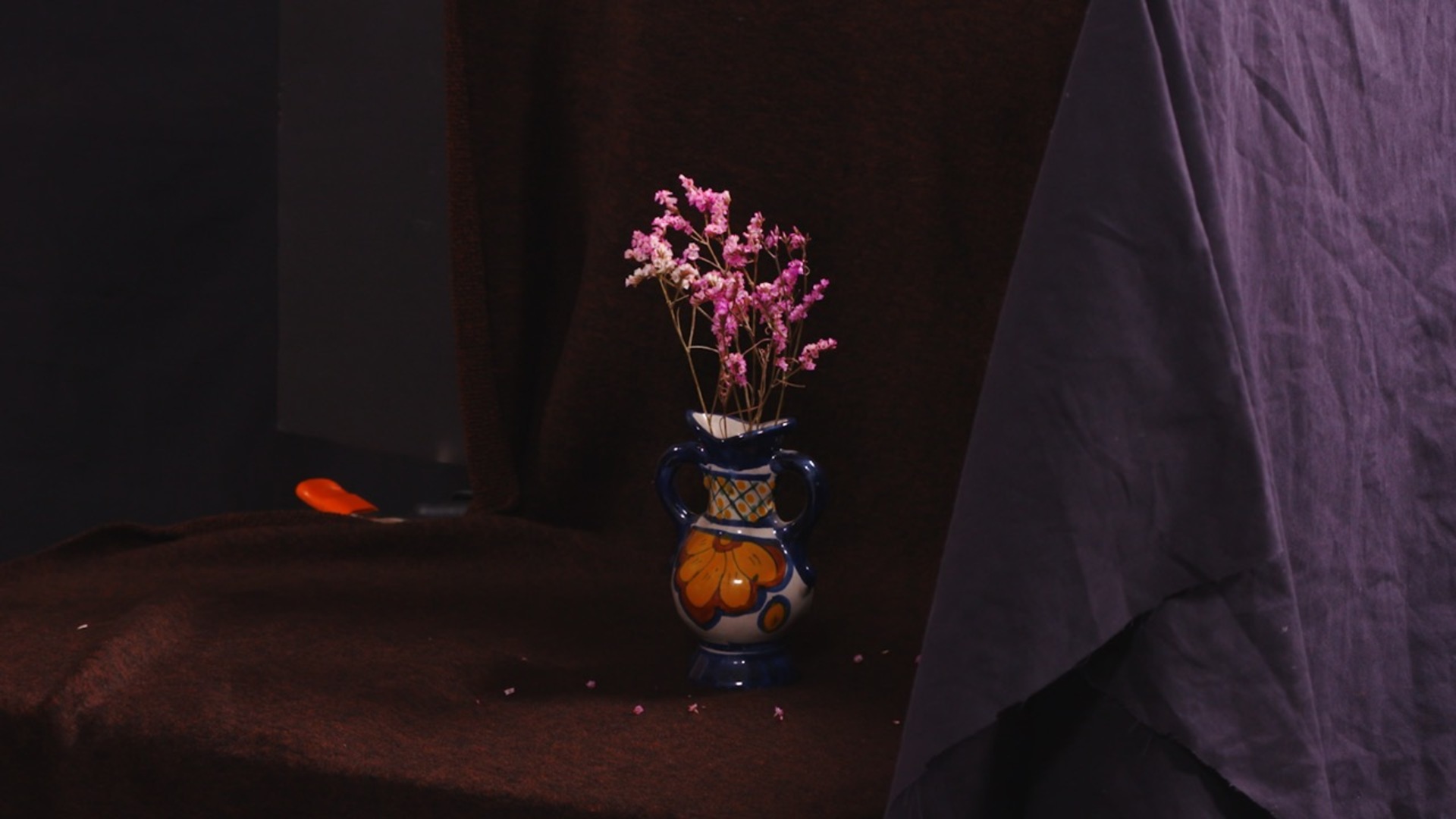

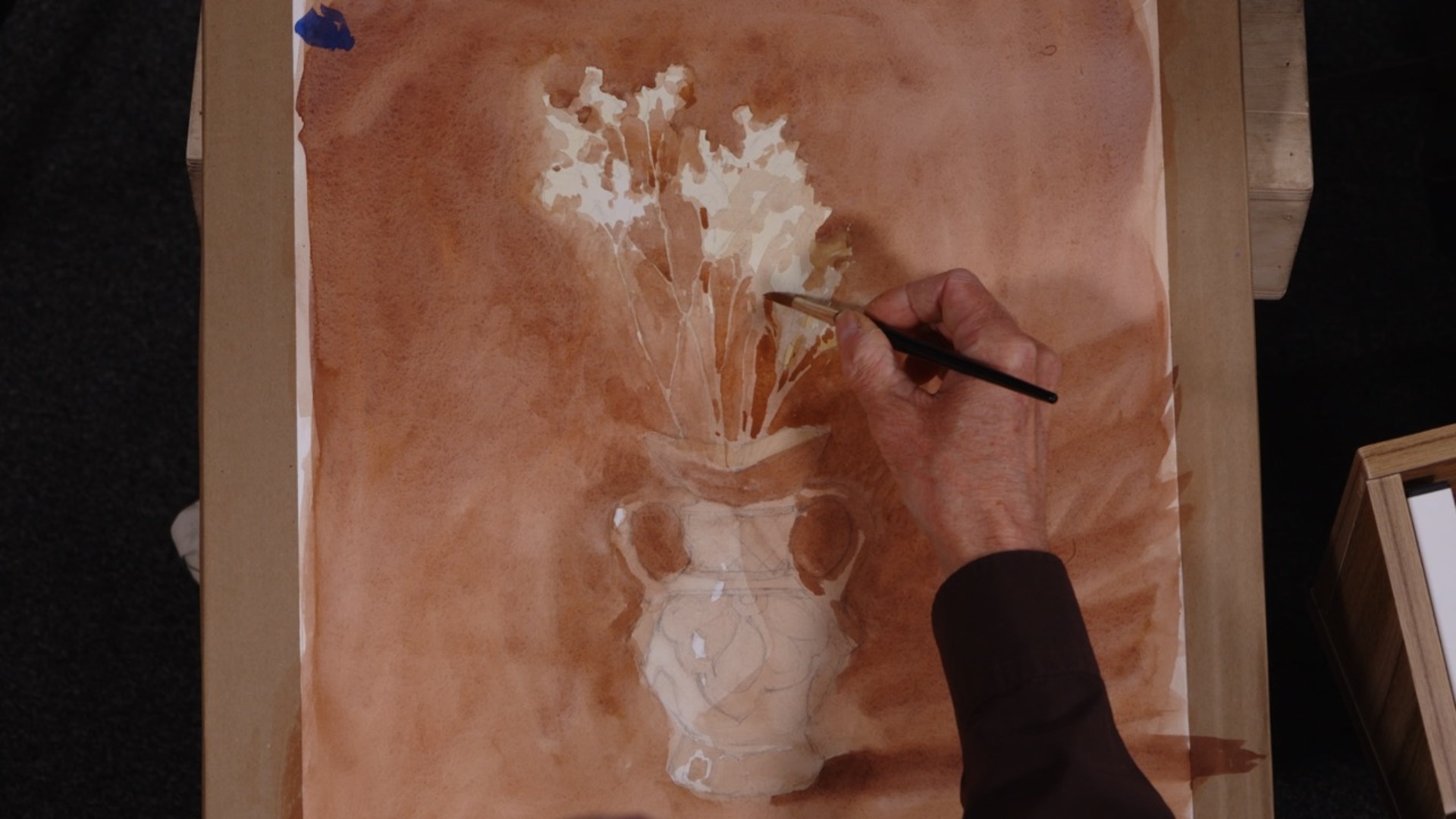


In this empowering class, Stuart Loughridge takes you on a complete still life painting journey—guiding you step-by-step from the very first stages of setup to the satisfying final touches that make a piece sing. With his approachable teaching style and wealth of experience, Stuart demystifies the process, showing that a successful painting isn’t about rushing to the finish, but about building it thoughtfully, layer by layer.
You’ll begin with the foundations: selecting and arranging your objects, crafting a simple but effective still life diorama, and understanding how light direction shapes mood and depth. Stuart shows how even modest materials—like cardboard side walls or dark fabric backdrops—can transform your setup into a stage for your subject.
From there, you’ll dive into drawing and composition, learning how to position yourself in relation to the subject for comfort, accuracy, and the best visual impact. As the painting unfolds, Stuart demonstrates techniques for establishing value structure, balancing detail with broad shapes, and using both deliberate observation and happy accidents to bring character to your work.
Color handling is another highlight of the course—Stuart shares how to choose and layer hues for vibrancy and atmosphere, float in subtle glazes, and drop in pure color accents to energize your piece. You’ll also learn how to refine edges, adjust depth, and keep your brushwork fresh, even in the later stages.
By the end, you’ll not only have seen a still life painting come together from start to finish, but you’ll also have a deeper understanding of how to make your own creative decisions, work with flexibility, and trust your artistic instincts. Whether you’re just starting out or refining your skills, this class will leave you motivated, equipped, and ready to set up—and paint—your own still life masterpiece.
Stuart Loughridge
Stuart is an artist based in St. Paul, Minnesota. As a studio painter he works with oil paint and watercolors, primarily painting landscapes. In addition, he is a devoted printmaker and is well-known for his etchings.

Bonus materials available after purchase
